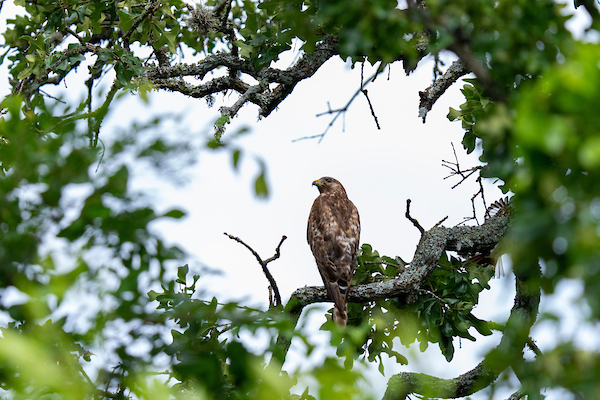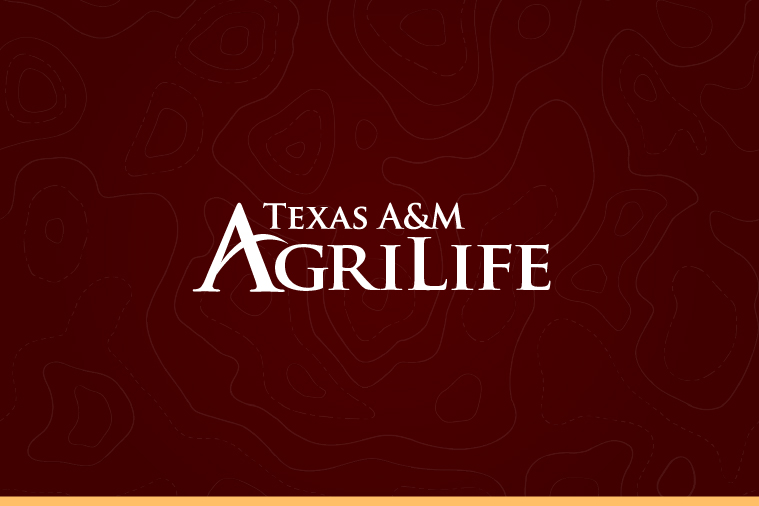Texas A&M AgriLife Extension Service to host Raptor Week Aug. 12-16
Virtual birding seminar features experts from across Texas and beyond
The Texas A&M AgriLife Extension Service will host Raptor Week, a virtual birding seminar Aug. 12-16 from noon to 1 p.m. Bonus sessions will take place Aug. 12 and Aug. 13 from 1-2 p.m.

Cost to attend all five webinars and bonus sessions is $35, while single event passes are $15. Advance registration is required at https://tx.ag/RaptorWeek. Participants will receive a link to access each webinar 24 hours before the event.
Commonly known as birds of prey, raptors are a diverse group of avian species that encompasses owls, hawks, falcons, kites, vultures and eagles.
Each day features an expert guest speaker addressing a variety of raptor-related subject matter including identification, physiology and behavior, habitat usage, as well as photography tips.
“Our seminars aim to provide fascinating science-based knowledge and foster engaging discussions,” said Emily Grant, AgriLife Extension agent in Gillespie County and Birding with AgriLife Extension program coordinator.
Proceeds from the seminar will benefit Rio Diablo Birding Camp, an annual AgriLife Extension youth camp focused on birding, ecology and conservation.
Birds of prey in Texas
Texas has exceptional raptor diversity year-round, and this is amplified during fall and spring migration, said Liz Tidwell, AgriLife Extension small acreage wildlife specialist and Birding with AgriLife Extension program coordinator, Uvalde.
“I’m very excited we’re highlighting this group of birds because I feel like they are often overshadowed by the more visible and charismatic songbird species also found across the state,” Tidwell said.
In addition to their hooked beaks, sharp talons and keen eyesight, raptors are recognized for their flight strength and agility. For example, the peregrine falcon can reach diving speeds of more than 200 mph to capture prey.
“Raptors are highly specialized and have so many unique adaptations,” Tidwell said. “They’re really just miracles of nature.”
Event programming will include information and research focused on diurnal raptors that are active during daylight hours and less-visible nocturnal raptors, such as owls, that are active at night.
“Overall, we are very excited to present this programming and really hope participants are able to gain new knowledge and appreciation for these species,” Tidwell said.
Guest Speakers and topics
The webinar will feature the following topics and guest speakers:
- Aug. 12: Raptor identification; Ben Skipper, Ph.D., associate professor, Angelo State University, San Angelo.
- Aug. 12 bonus session: Unusual raptor plumages: Albinism, melanism, hybrids, amelanism and others; Bill Clark, chairman of the board of advisors for Raptours, guided hawk-watching tours, Lincoln, Nebraska.
- Aug. 13: Western screech-owl occupancy in the face of an invasive predator; Natalie Rugg, biological science technician, U.S. Department of Agriculture Forest Service Pacific Northwest Research Station, Corvallis, Oregon.
- Aug. 13 bonus session: The wonderful world of Texas owls; Romey Swanson, president, Texas Ornithological Society, Austin.
- Aug. 14: Population demographics and habitat use of gray hawks in the lower Rio Grande Valley; Mike Stewart, doctoral student, Texas A&M University – Kingsville.
- Aug. 15: The raptor advantage — why these animals are so good at what they do; Craig Farquhar, Ph.D., co-author, Raptors of Texas, San Marcos.
- Aug. 16: Raptor photography tips and ethics; Kyler Noe, wildlife photographer, Arizona.
For more information, contact Grant at [email protected].





